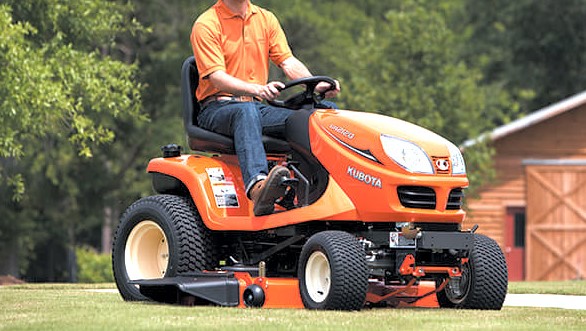New Holland hydrostatic transmission systems are highly complex and require specialized knowledge and experience to diagnose and repair problems. A thorough diagnostic process is essential for identifying the underlying cause and resolving any issues that may arise. With the help of an experienced technician, the root of the problem can be quickly identified and resolved, ensuring the system runs smoothly and efficiently.
Diagnosing and Resolving New Holland Hydrostatic Transmission Problems
New Holland hydrostatic transmission systems are complex pieces of machinery that require specialized knowledge and experience to maintain and repair. Diagnosing and resolving any issues that arise is key to ensuring the system runs smoothly and efficiently. An experienced technician can help to quickly identify the source of the problem, leading to an effective and timely solution.
To ensure the best outcome, it is important to employ a comprehensive diagnostic process. This includes inspecting the system for any signs of damage or wear, checking for any foreign objects, and testing the system for any irregularities or inconsistencies. Additionally, it is necessary to check the pressure settings and adjust them as needed to ensure the system is functioning properly.
The table below outlines the key steps involved in diagnosing and resolving New Holland hydrostatic transmission problems.
| Step | Description |
|---|---|
| Inspection | Examining the system for any signs of damage or wear and tear, checking for any foreign objects, and testing for any irregularities or inconsistencies. |
| Adjusting Pressure Settings | Checking the pressure settings and making any necessary adjustments to ensure the system is functioning properly. |
| Identify Root Cause | Utilizing a thorough diagnostic process to accurately identify the source of the issue. |
| Resolve Problem | Implementing an effective solution to address the root cause of the problem. |
Common New Holland Hydrostatic Transmission Problems
The following table lists some of the most common problems that can occur with a New Holland hydrostatic transmission system.
| Problem | Cause | Solution |
|---|---|---|
| Leaks | Damaged or worn seals, gaskets, or hoses | Repair or replace the damaged parts |
| Noise | Contaminated fluid, worn bearings, or damaged gears | Replace fluid, bearings, and/or gears as needed |
| Reduced power | Contaminated fluid, worn parts, or incorrect adjustment | Replace fluid and/or parts, or adjust as necessary |
| Erratic operation | Contaminated fluid, worn parts, or incorrect adjustment | Replace fluid and/or parts, or adjust as necessary |
Leaks
Leaks are one of the most common problems with New Holland hydrostatic transmission systems. These leaks can be caused by damaged or worn seals, gaskets, or hoses, and can lead to significant fluid loss, impairing the system's performance. To remedy the problem, the damaged or worn parts must be repaired or replaced. It is important to identify the source of the leak and address the underlying issue to ensure the system is running efficiently and safely.
Noise
Noise can also be an issue with New Holland hydrostatic transmission systems. This noise can be due to contaminated fluid, worn bearings, or damaged gears, and can significantly reduce the performance of the system. To resolve this problem, the contaminated fluid must be replaced, and the bearings and/or gears must be repaired or replaced as needed. Regularly inspecting the system and addressing any issues quickly can help prevent further damage and reduce the risk of costly repairs.
Reduced Power
Reduced power can also be a problem with New Holland hydrostatic transmission systems. This can be caused by contaminated fluid, worn parts, or incorrect adjustment, and can significantly impair the system's performance. To address the issue, the contaminated fluid must be replaced, and the parts and/or adjustment must be repaired or adjusted as necessary. It is important to inspect the system regularly and address any issues that arise to ensure the system is running optimally.
Erratic Operation
Erratic operation can also occur with a New Holland hydrostatic transmission system. This can be due to contaminated fluid, worn parts, or incorrect adjustment, and can significantly reduce the system's performance. To remedy this, the contaminated fluid must be replaced, and the parts and/or adjustment must be repaired or adjusted as necessary. It is essential to diagnose the source of the erratic operation and address the underlying issue to ensure the system runs smoothly and efficiently.
Resolving New Holland Hydrostatic Transmission Problems
New Holland hydrostatic transmission systems can experience a variety of problems, including leaks, noise, reduced power, and erratic operation. These issues can be caused by contaminated fluid, worn parts, or incorrect adjustment, and can significantly impair the system's performance. To ensure the system runs efficiently and safely, it is important to identify the source of the problem and address the underlying issue. This can be done by replacing fluid and/or parts, or adjusting as necessary. Regularly inspecting the system and addressing any issues quickly can help prevent further damage and reduce the risk of costly repairs. By following these steps, it is possible to successfully resolve New Holland hydrostatic transmission problems.
